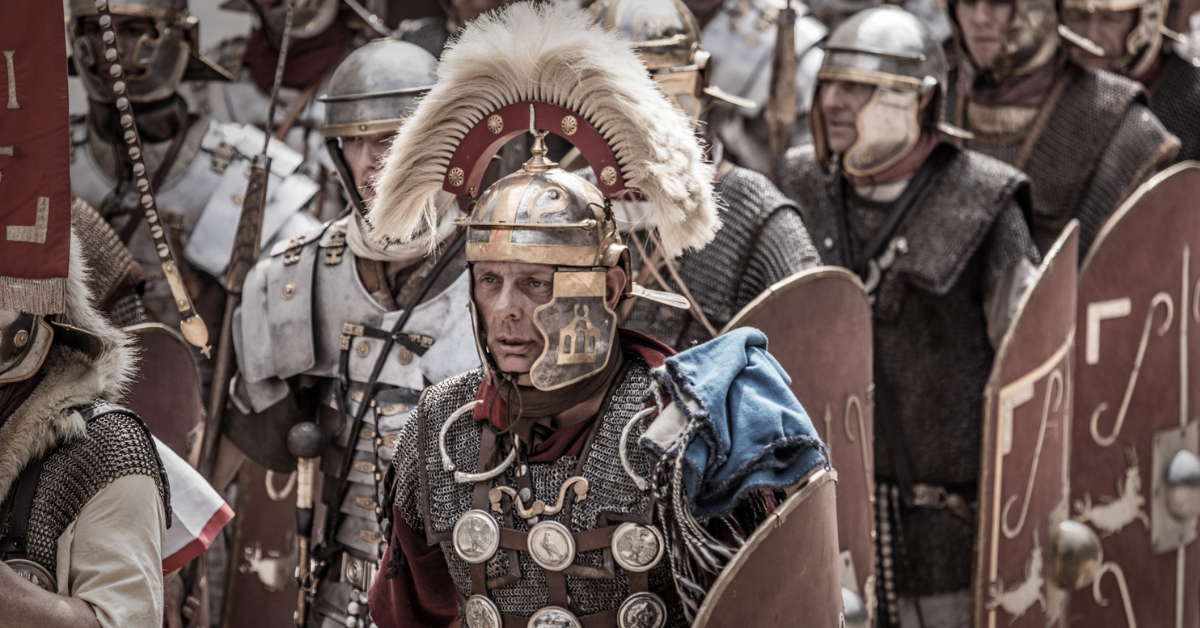Everyone has heard of the Centurions of the Roman Army. From school history lessons to Asterix comics, they crop up again and again in modern representations of Rome and its army.
What exactly did Centurions do? What was it about their job that led to their high casualty rate?
Commanders of Men
The term Centurion referred to a type of officer serving in the Roman army. Not all of them held the same position. For example, the primi ordines, the Centurions of the first cohort in each legion, held a higher status than others. However, the role fulfilled by Centurions was mostly the same.
Centurion was the highest rank usually held by men who were not from Rome’s elite senatorial or equestrian social classes. After Marius had reformed the army during the Republic era, they played a vital role and continued to be important throughout the Empire. At its height, that Empire employed around 1,800 legionary Centurions and at least as many commanding auxiliary troops.
The most important part of the Centurion’s job and the part for which they are remembered is as a commander of legionaries. Each Centurion was in charge of a single century – a unit of 80 men, not the 100 it is thought to have been.
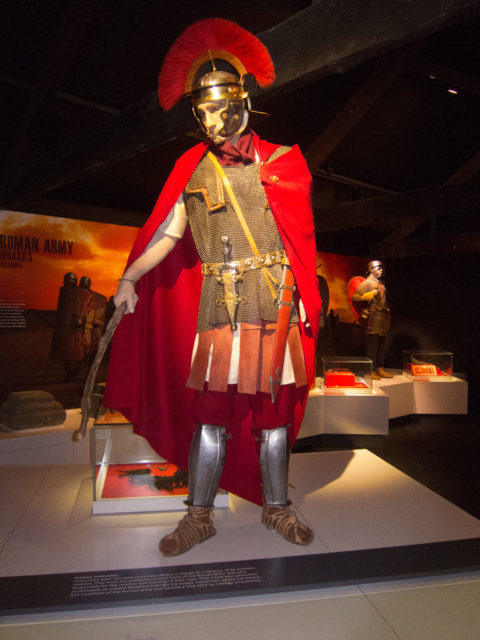
The century was a critical battlefield unit for the Roman army. Small enough to be flexible but large enough to play a significant role, it was the building block from which other formations were made. A century would be deployed as part of a cohort of six centuries, with each Centurion keeping his section in line. They might also be called upon to act independently, with the Centurion commanding.
Centurions were, therefore, a cross between the junior officers and non-commissioned officers of more modern armies. Responsible for discipline and keeping men in line, they were also in a position of tactical command.
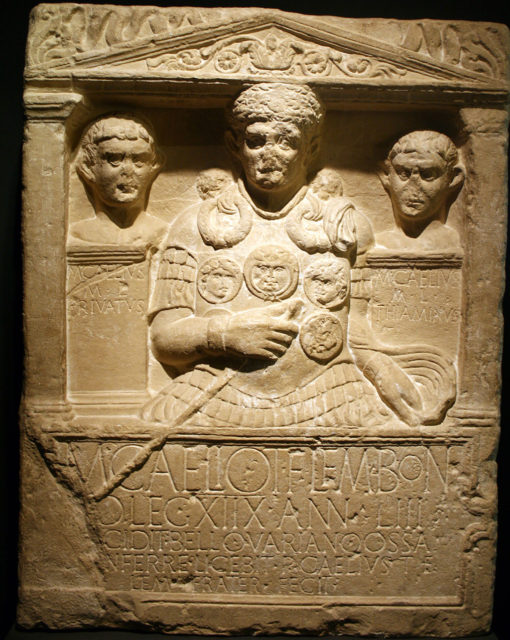
A Sounding Board
Smart commanders recognized the value of their Centurions as more than leaders in the fighting line. They were experienced soldiers, most of them veterans of many years of war. They understood their men and their equipment. They had seen the outcome of previous battles and had often fought the same enemy before.
Commanders such as Julius Caesar, therefore, included Centurions in their councils of war, drawing upon their wisdom and experience. Centurions such as Publius Sextius Baculus received praise from Caesar, who was normally more focused on giving credit to himself.
Centurions were, therefore, a vital sounding board for sensible generals.
The Fighting Elite
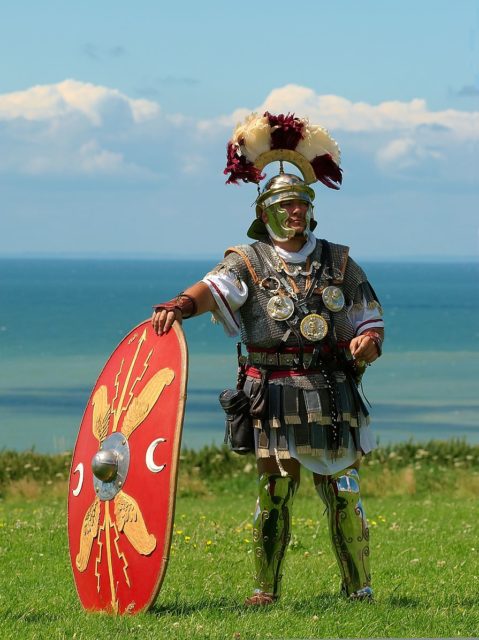
Centurions led from the front in battle. If a charge were needed, they would lead their men forward. If danger were to be faced, they would face it.
It was not just a matter of setting an example. Centurions were a fighting elite, as experienced and well trained as any in the army. Having them at the head of the charge gave it impact. It showed the troops the courage of those they followed and inspired them to act in the same way.
Becoming a Centurion
There were three routes to becoming a Centurion.
Firstly, there were direct commissions. Some men from the equestrian class, unable to gain another military post, took this option, as did wealthy men who had served as local magistrates.
Secondly, there was service in the praetorian guard. Soldiers served in this unit for 16 years, after which some went on to become Centurions in other legions.
Finally, there was rising through the ranks, the approach most often associated with Centurions. Extensive experience, daring acts of courage, or service in a more junior command post could earn an ordinary legionary the chance to become a Centurion. The position became a reward for those who had served well. This ensured that most units were led by men with the skills, experience, and courage the Roman Army wanted from its battlefield commanders.
A High Chance of Death
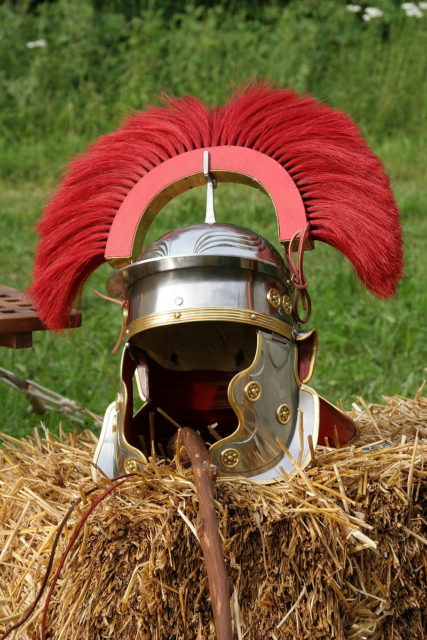
The chance of promotion to the post of Centurion encouraged ordinary soldiers to acts of bravery. It brought with it a high risk of death. It was also an attitude toward war that the Centurions carried into their new posts.
As commanders promoted mainly because of their courage, Centurions had to keep proving themselves. This was how they inspired the men around them. It was how they gained the ear of generals such as Caesar. It was how they ensured that they stayed in post.
More than this, taking risks was part of their job. It was integral to leading from the front, running into the enemy when opponents were at their freshest. Both their fighting skills and their command abilities were best used on the front line. It was a dangerous life, but one that often brought rewards, such as the mural crown given to the first soldier over the walls of an enemy settlement.
There was a high mortality rate among Centurions, and with it chances for the next generation to take their place.
To the Survivors the Spoils
For those who survived wars as a Centurion, life could be very good. Their job gave them power and prestige beyond that given to men of humble station. The pay was better than for ordinary legionaries. The integration of military and civilian command in the Empire meant their status extended beyond the battlefield and fortified camps. Sometimes they would be given other duties, with at least one being sent as an ambassador to Parthia.
When they left the army, their wealth and prestige made ex-Centurions important people in their towns and villages. They remained leaders and became an inspiration for other young men to follow their path in life.
Sources:
Kate Gilliver, Adrian Goldsworthy and Michael Whitby (2005), Rome at War: Caesar and his Legacy.
Adrian Goldsworthy (2003), The Complete Roman Army.
